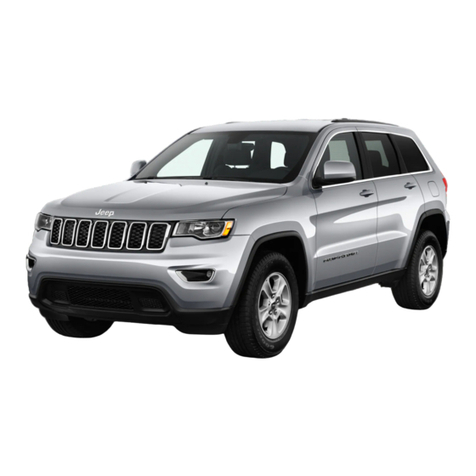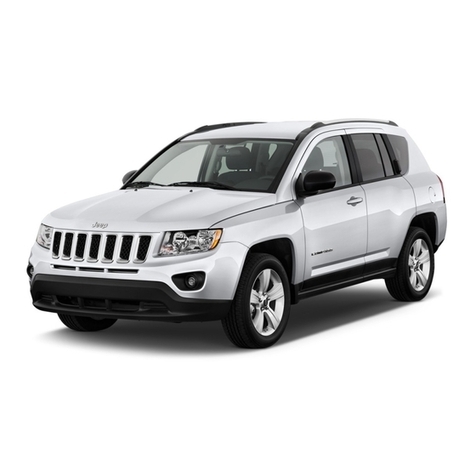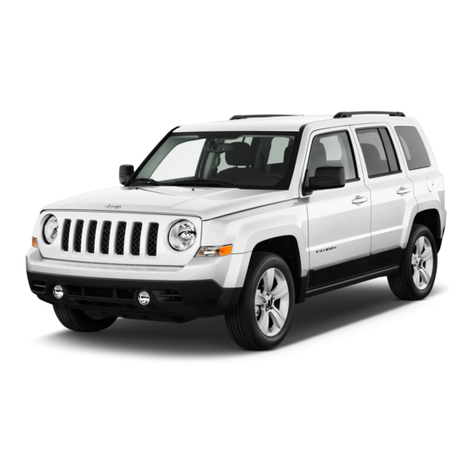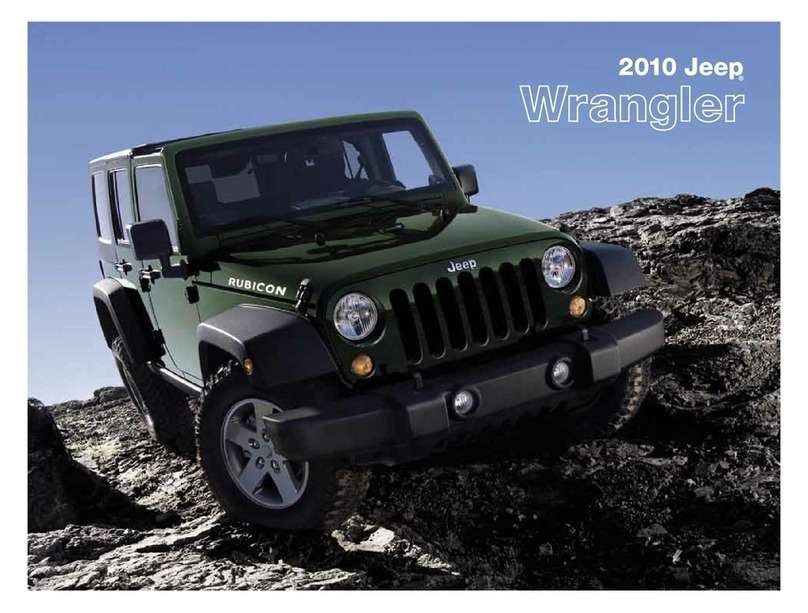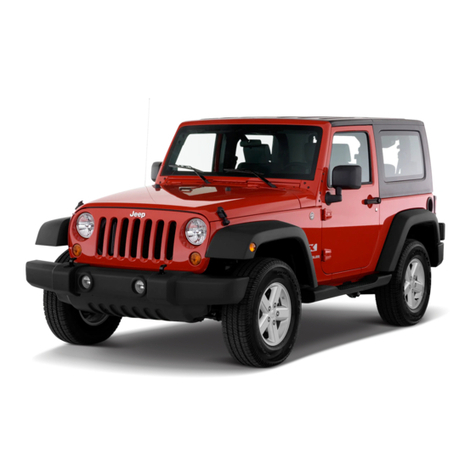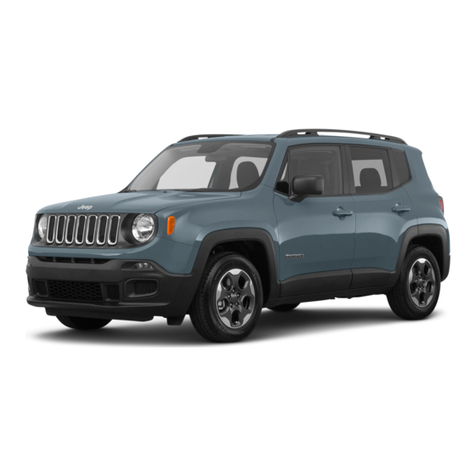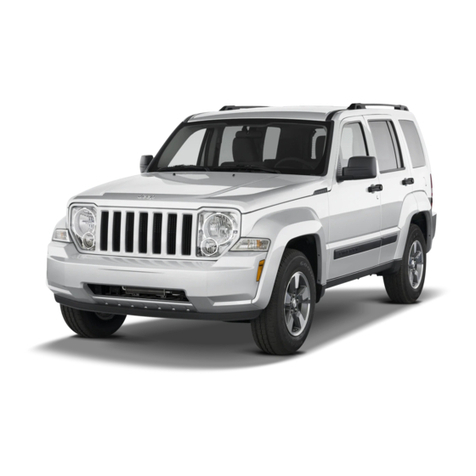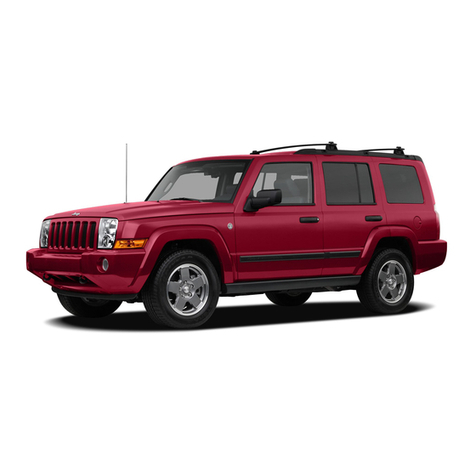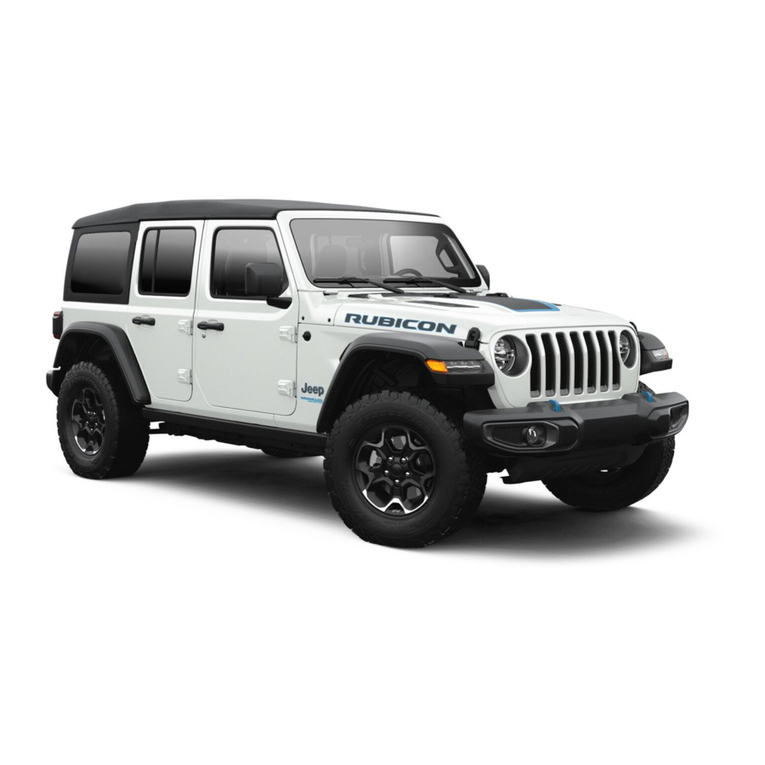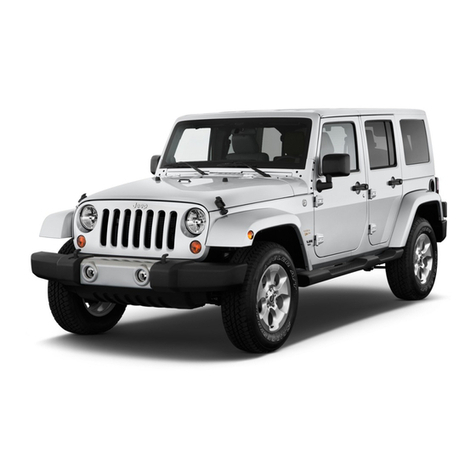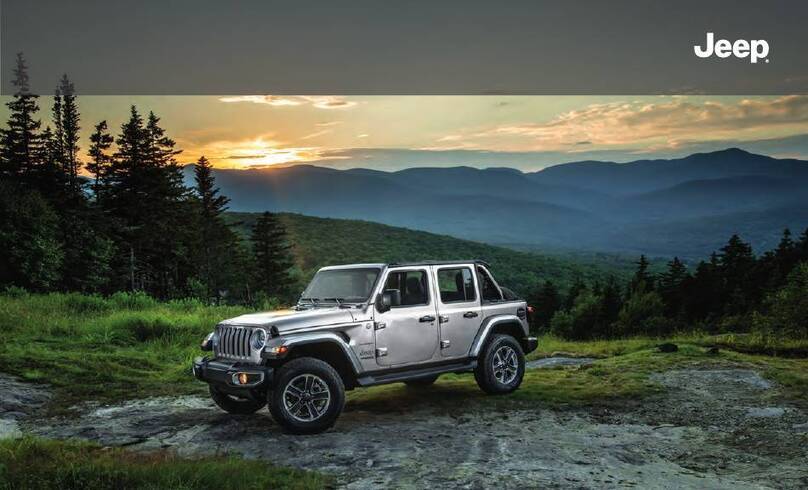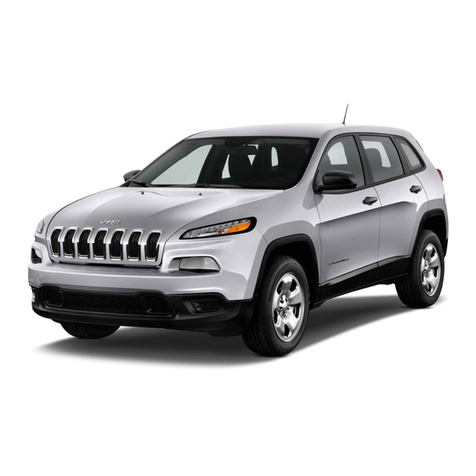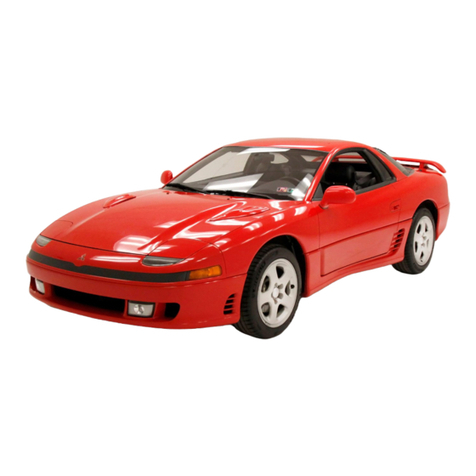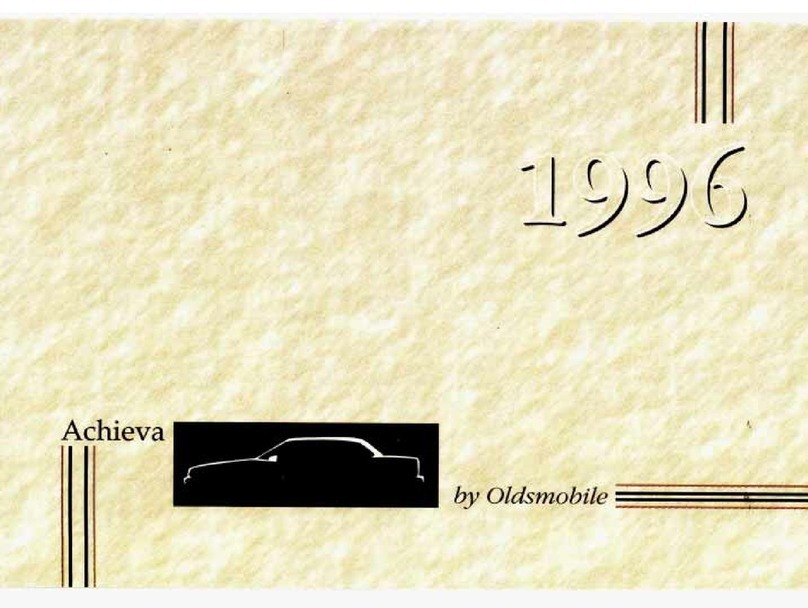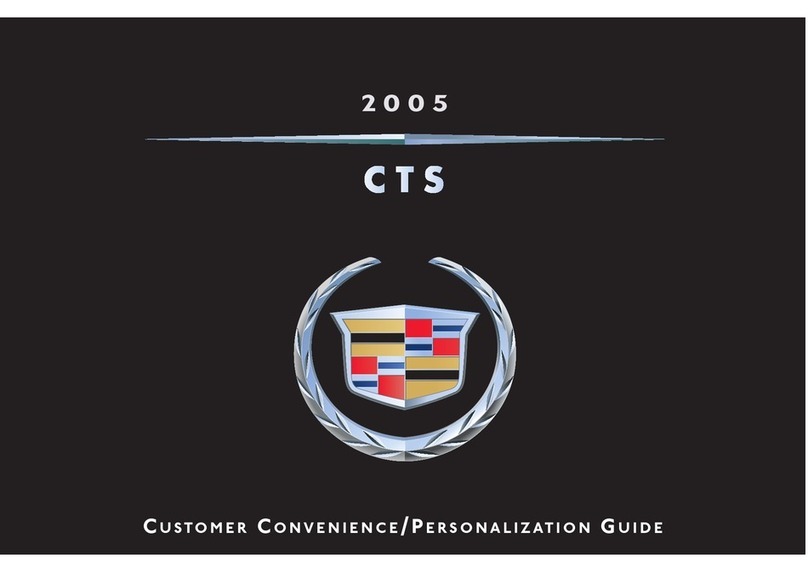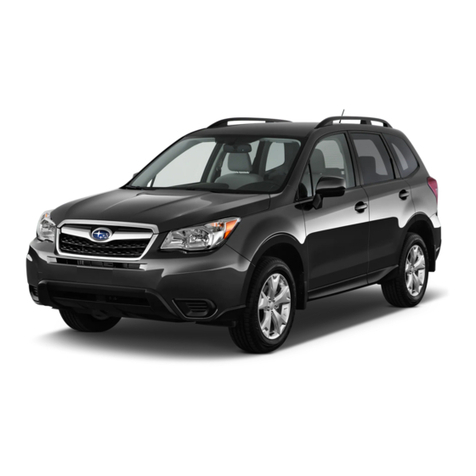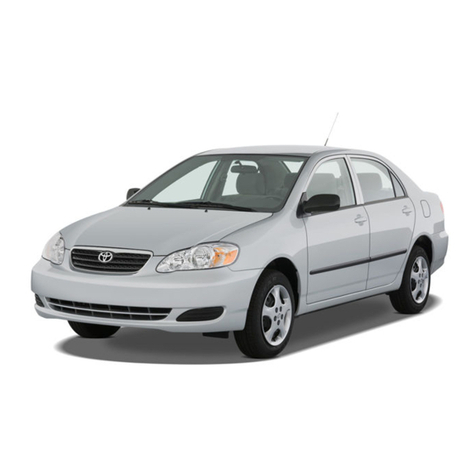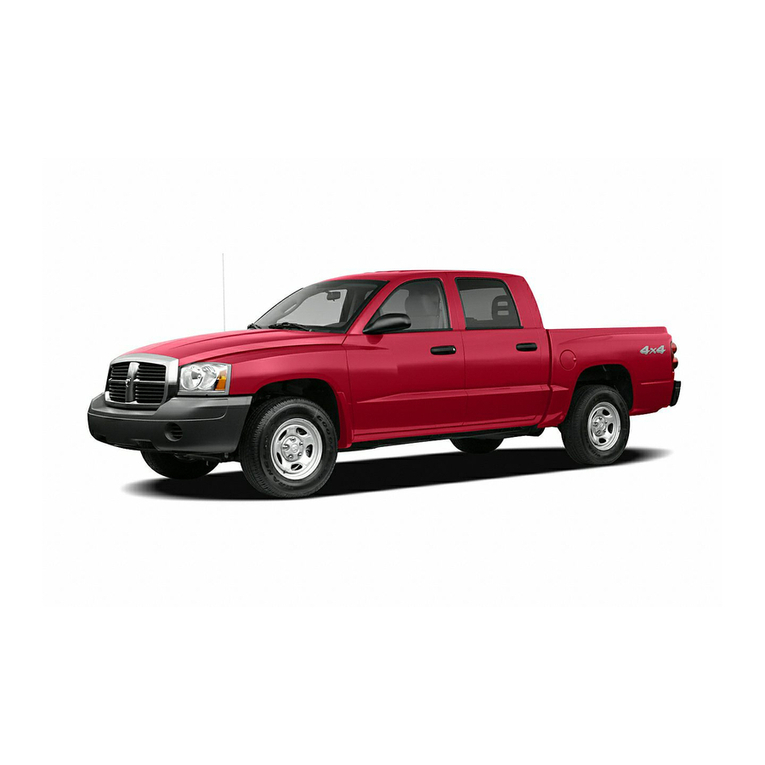
-
,111
ti l'
1lw,
lwt
upl
li "l'
it It·
fl 11'
,t11u
't II
11•1I
•.i, It
It1111
I I,
h II
l,11I tho e used for braking, steering and transmission
,hilling. Learn how your vchi 1, handles on different
111,1
I surfaces. Your driving skills will improve with
1• I •rience. When driving off-ro,id or working the ve-
I111I•, don't overload it or expect it lo over--ome the laws
,ii 11.1turc.Alwnys observe (l'lkral, sl.ilc, provincial and
l,11,11laws wherever you drive.
1 ilh other vehi les of this type, (,1ilurL' lo operate thi~
,"1trl' orre tly may result in lo:-.:-.of ontrol or an
,,, 1I 'nt. Be sure to read On-Pa cm •nl and Off-Road
,1111111gguideli.ncs in thi, manual.
INIRODUCTION
1111•,manual has been prepctrcd with tlw .issisl,111e of
, 111 • and engineering specialists to acquaint you with
tit,• op •ration and maintenance of your new vehicle. ll is
111
1111•mcnted by a Warranty Information Boof,.lct and
11111u-,ustomer orientl'd documents. You Mc urged to
INTRODUCTION 5
re.id thL'',l' publication, carefully. Following the instruc-
tions ,ind rL•conrnwndations in this manual will help D
assure sak ,rnd L'njo ,ible operation of your vehicle.
NOTE: /\ltl't ynu ll'<lll tlw m,11H1,1I,it ~hould be stored
in the l'l'hil le 101 llll\ Vlltl'lll 1 •lvn•nr • ,ind r 'rnc1in with
the \'ehicll' 1\ lw11 old
When it COllll'" In -.1•1111v, 11•1ttt•111i>t·1I'1,tl our hr sl >r
Corporation d1•,1h•1I I1t1\\ \ 11111 1t•lt11It• 11t'-.t,h,is the
factory-trained lt't 111111t,111 ,111d);1•11111111•Mop,1r" parts
and is inlerL•stvd 111\t1t11 .tit l,11I11111
HOW TO USE THI MANUAL
Consult tlw t,1bl1·ul 11u1t1•1thlt1 tlt'll'rmirw whid1 s ction
cont,1ins the into, 111,111011\ t>ll dt•..,ir•.
The detailed indl'x, ,1I llw I1-.1rol lhis manu,1I, -ontains a
complete listing ul ,111 ubw 'h.

